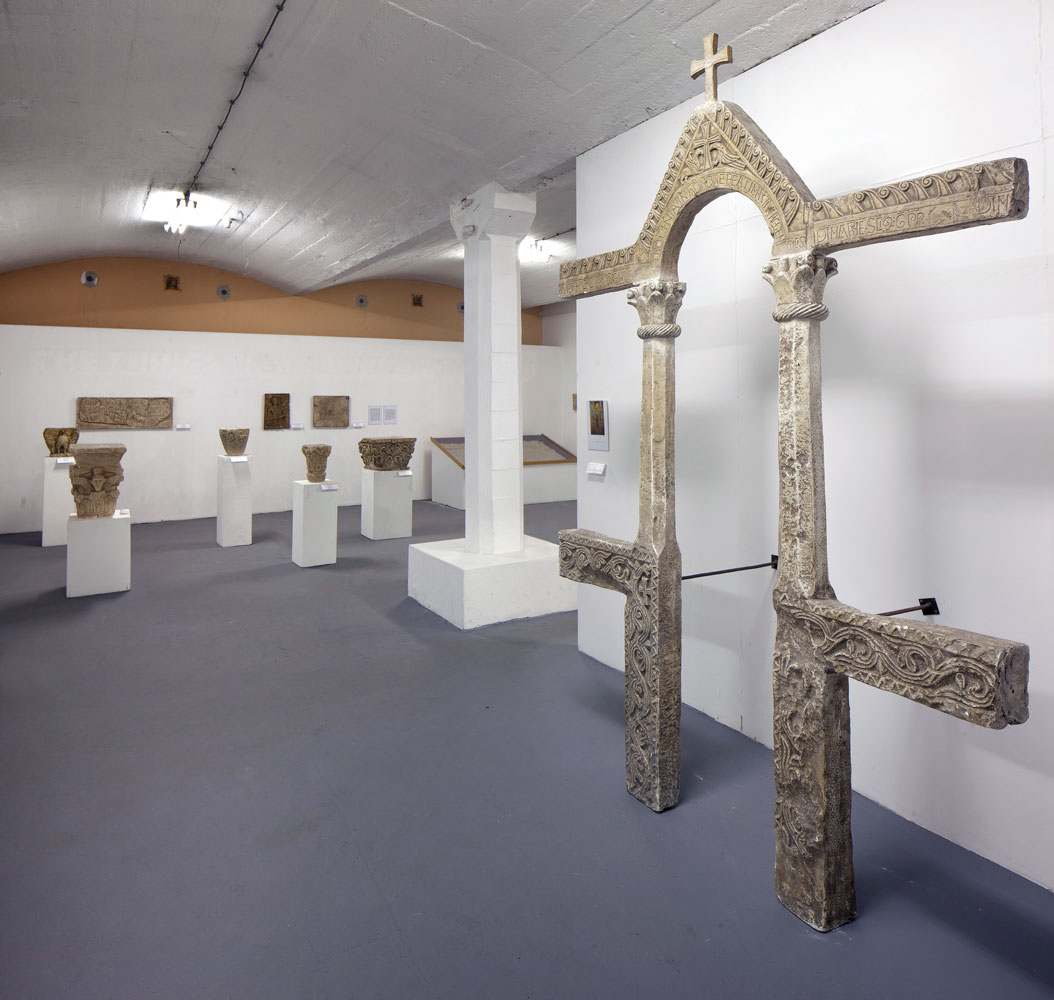Split
The Historical Complex of Split and Diocletian's Palace
The historical complex of the city of Split with Diocletian's Palace has multiple values, not only at a national but also at a universal level, because of which in it was entered on the UNESCO World Cultural Heritage List. The palace of Emperor Diocletian (Gaius Aurelius Valerius Diocletianus, who lived from about 343 to 313), one of the most important of the emperors of Rome, is a monument of extraordinary value. It is possible to observe, through its continuous existence, the layering of each separate period, from Late Antiquity and the rule of Diocletian, via its transformation into a Christian cathedral in the 7th century until the present day. An important example of architectural transformation, Diocletian's Palace had a great influence on the later development of planning and architecture in the Dalmatian region and at the wider European level. The degree of preservation of original parts and the whole, the engineering feat of the actual building, and the string of original architectural forms on the borderline between Ancient and early medieval art tell of the artistic worth of the complex. In addition, Diocletian's Palace is considered a key monument for the study of ancient imperial palaces. Within the Roman walls there are a Romanesque church of the 12th and 13th century, medieval fortifications as well as Gothic, Renaissance and Baroque palaces. In the Croatian Academy of Sciences and Arts Glyptotheque in the Collection of Plaster Casts of Fragments from the Immovable Monuments of the Croatian cultural heritage from the 9th to the 15th century there are casts that were taken from the former Diocletian Mausoleum, today the Cathedral. There are also the altar of St Anastasius by George of Dalmatia, the wooden doors of Master Andrija Buvina of 1214, and two reliefs from the cathedral’s bell tower. From the historic core of the city of Split, the Glyptotheque has a cast of the baptismal font from the Baptistery, of the one-time Small Temple, and the altar rail from the little Romanesque Church of St Martin.
Cathedral of St. Domnius
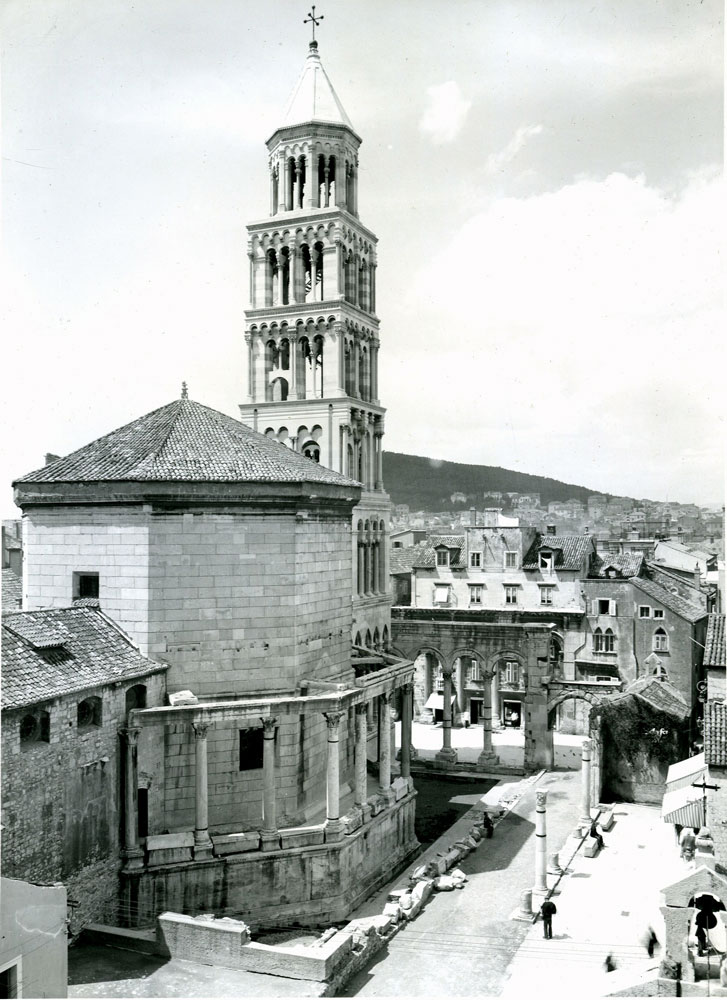
Andrija Buvina: Doors of Split Cathedral,
The doors of Split Cathedral were placed within the Antique portal. They were carved by the local master, Andrija Buvina, in 1214. There are two leaves, divided into 28 coffers, showing scenes from the Gospels, from the Annunciation to the Ascension. In rendering the scenes, Buvina made use of heterogeneous models, from Byzantine iconography to contemporary Western designs. In terms of style, Buvina resorted more to the Early Romanesque than to contemporary models, summing up the course of Early Romanesque art along the Croatian coast. His doors have an important place in European wooden sculpture of the Romanesque period, and are one of the most important documents in the history of medieval three-dimensional art.

George of Dalmatia or Giorgio da Sebenico: Altar of St Anastasius,
The altar under the ciborium of the two patrons of the city of Split, the martyr of Salona Anastasius, was made in 1448 by George of Dalmatia, the best builder and sculptor of his age.
In the upper part of the altar lies St Anastasius (known locally as Staš), while at the front side of the sarcophagus is a relief showing four of the Fathers of the Church. The central scene with the Scourging of Christ is one of the best of George’s works, and was modelled on a work of Donatello. Showing Christ as a man suffused with anguish and pain, the master combined Late Gothic naturalist expressionism with the characteristic Renaissance rendering of the naked body.
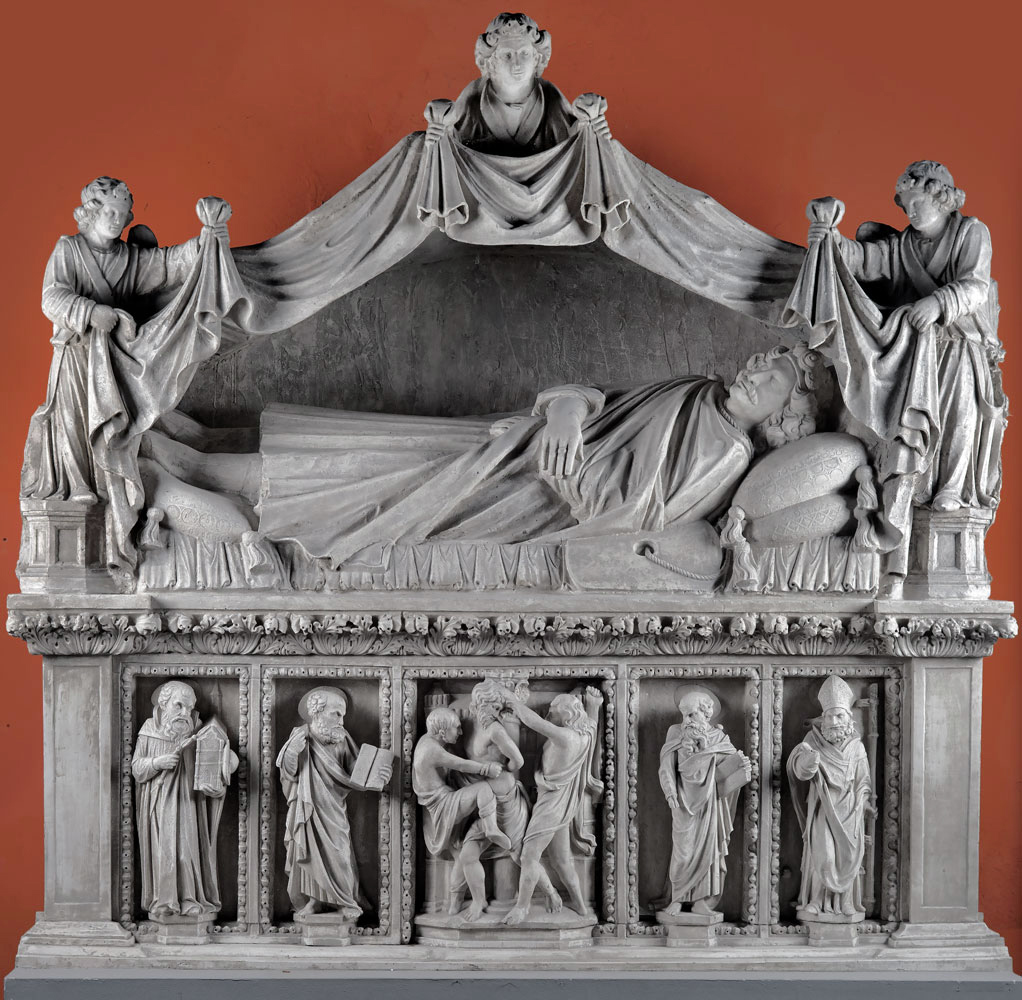
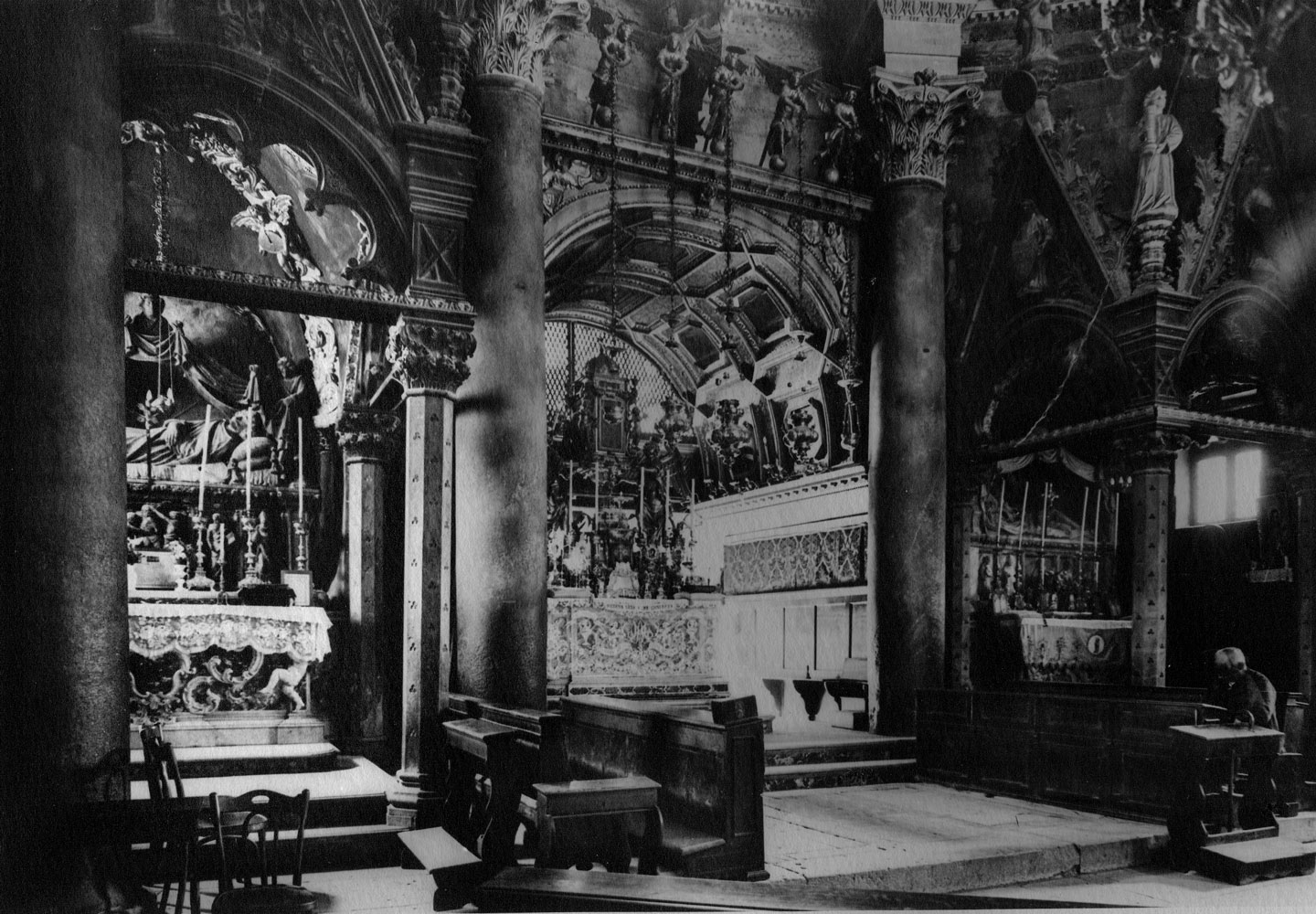
Campanile of the Cathedral of St Domnius in Split — reliefs,
- The Nativity,
- Master Otto: Relief depicting the Split patron saints, SS Anastasius and Domnius, and St Peter,
The St Domnius Cathedral campanile is one of the major building achievements of medieval Dalmatia. The slender transparency, the gradated tapering to the top and the idea of placing columns at the corners constitute a typology to which there is no analogy in other bell towers on the Adriatic coast. In the handling of the ground floor, the idea of the ancient arch of triumph was embodied. Above the two entrances into the tower there are reliefs that are represented in the Glyptotheque in casts: the Nativity of Christ and the relief of Master Otto, with a depiction of the local patron saints, SS Anastasius and Domnius together with St Peter.
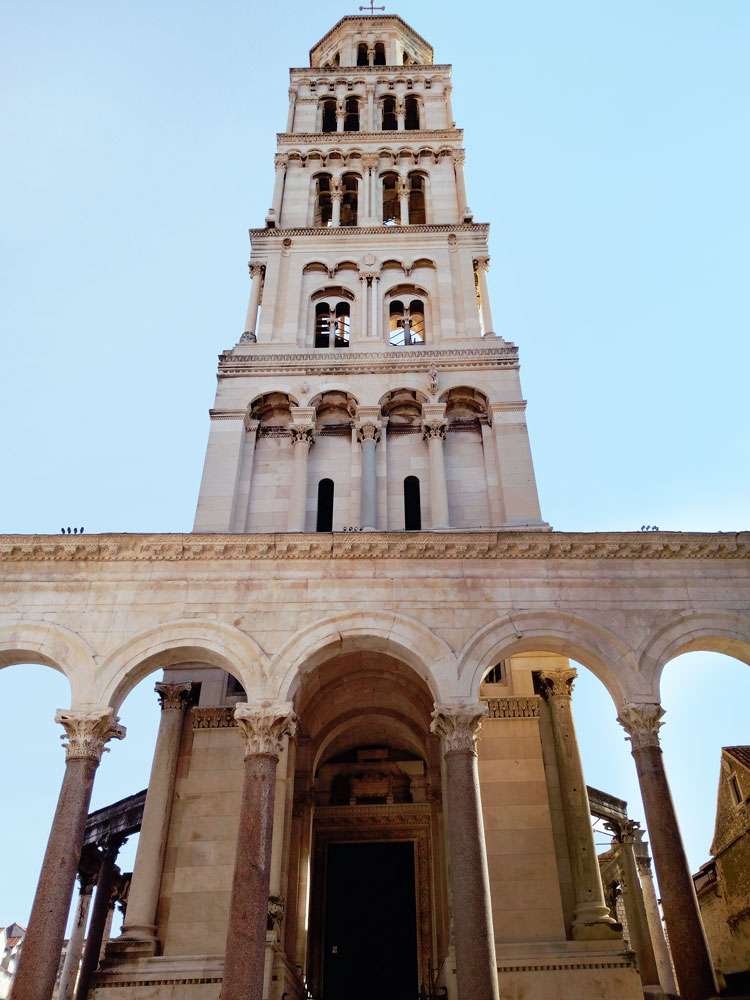
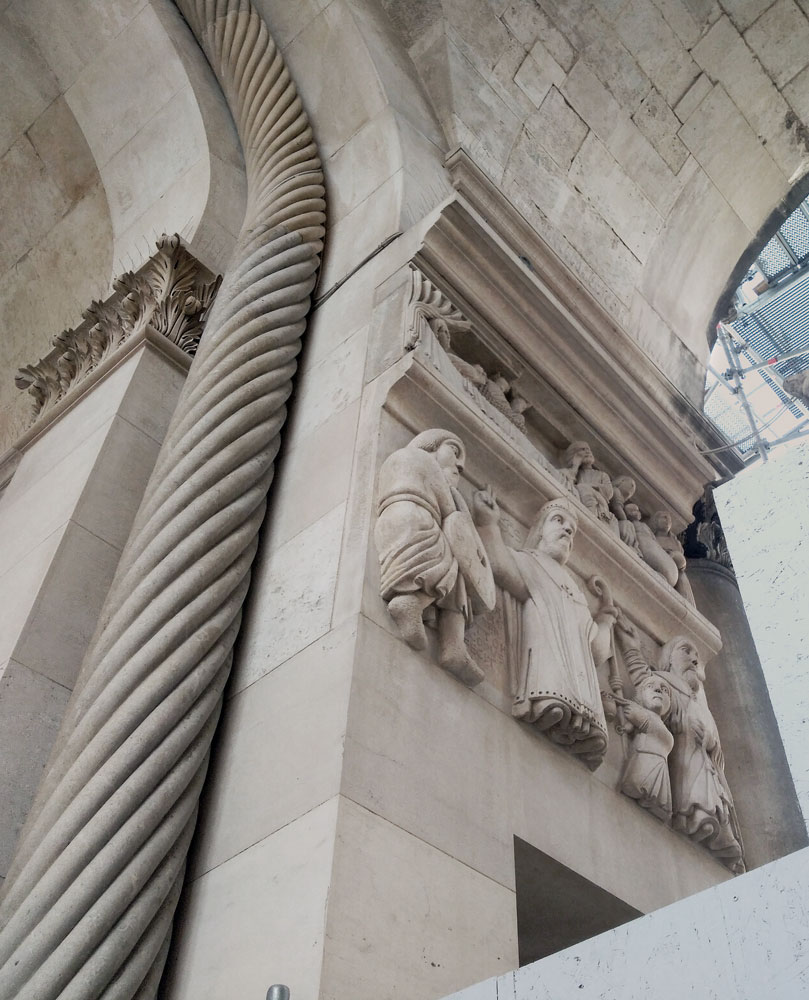

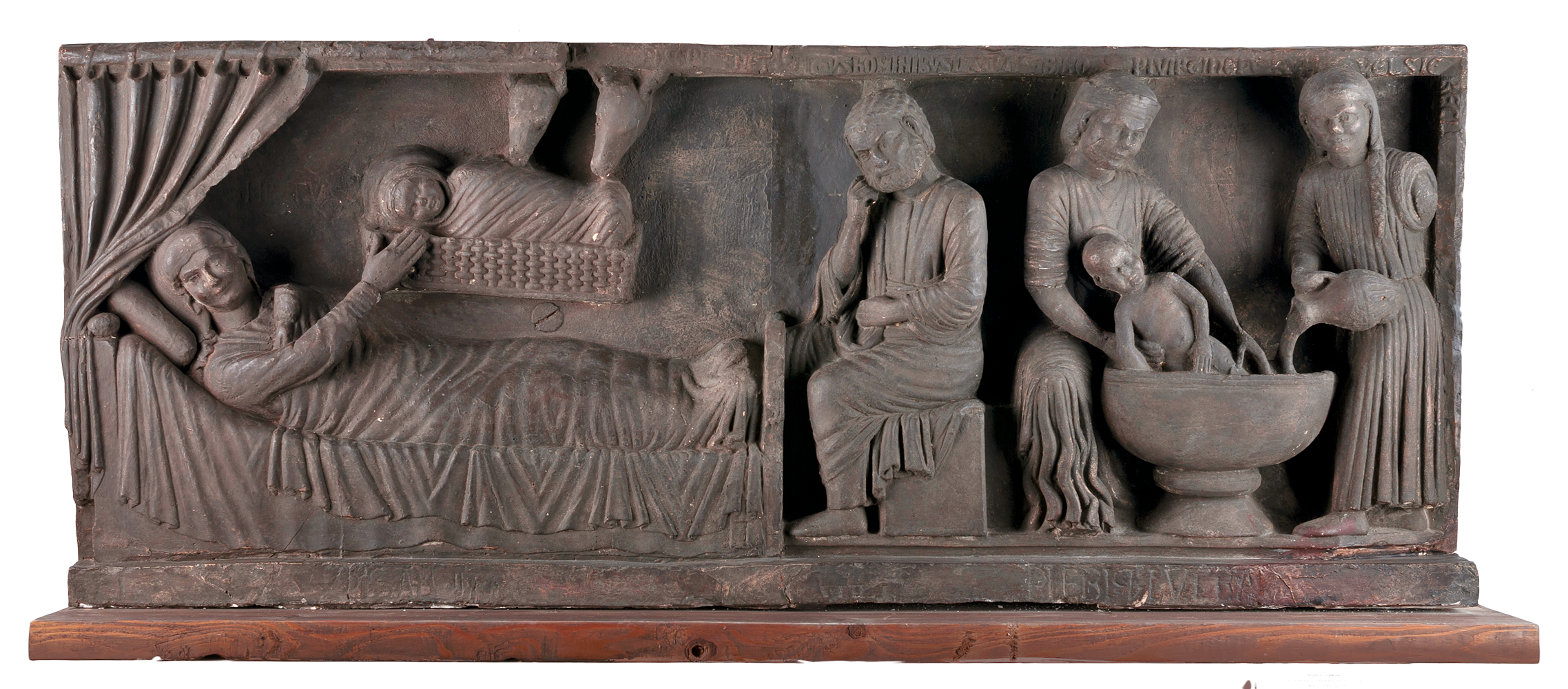
The Small Temple (Temple of Jupiter)
Baptistery with the figure of King Petar Krešimir IV,
The Small Temple has been used as a baptistery since the Middle Ages, when in the 13th century a baptismal font was placed in the inside, constructed of the pluteus of an altar screen from the second half of the 11th century. On the central slab there is the earliest depiction of a European king in medieval stone sculpture, showing the king of Croatia, Petar Krešimir IV, on his throne, crowned, with the royal emblems of orb and cross. On his left there is a standing figure of some dignitary, while the figure of a recumbent man making his plea in a deep bow is located along the right hand edge of the slab.
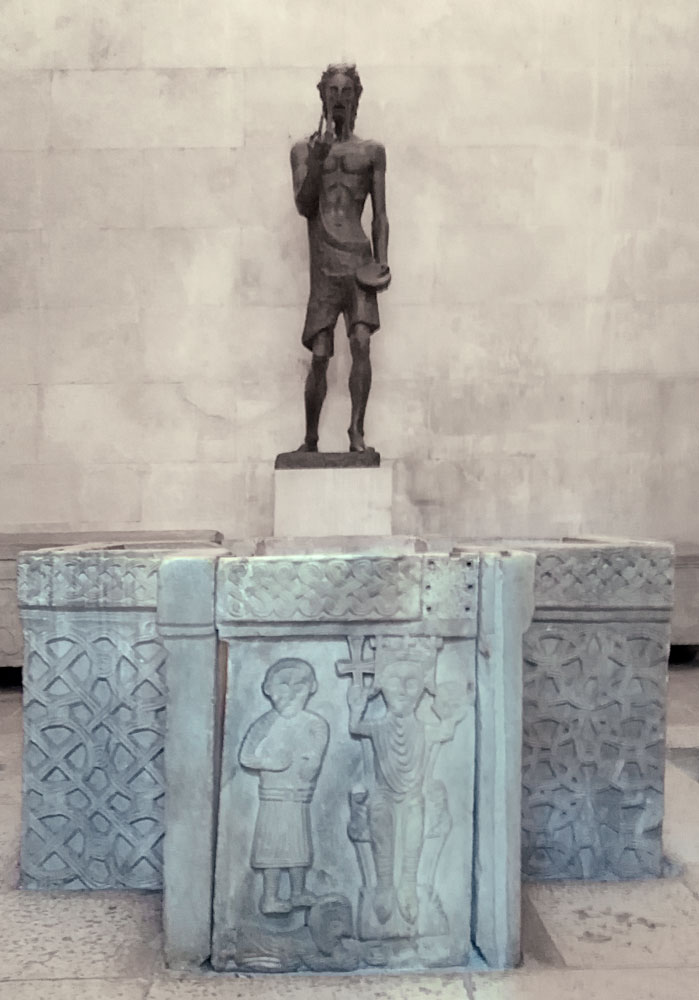
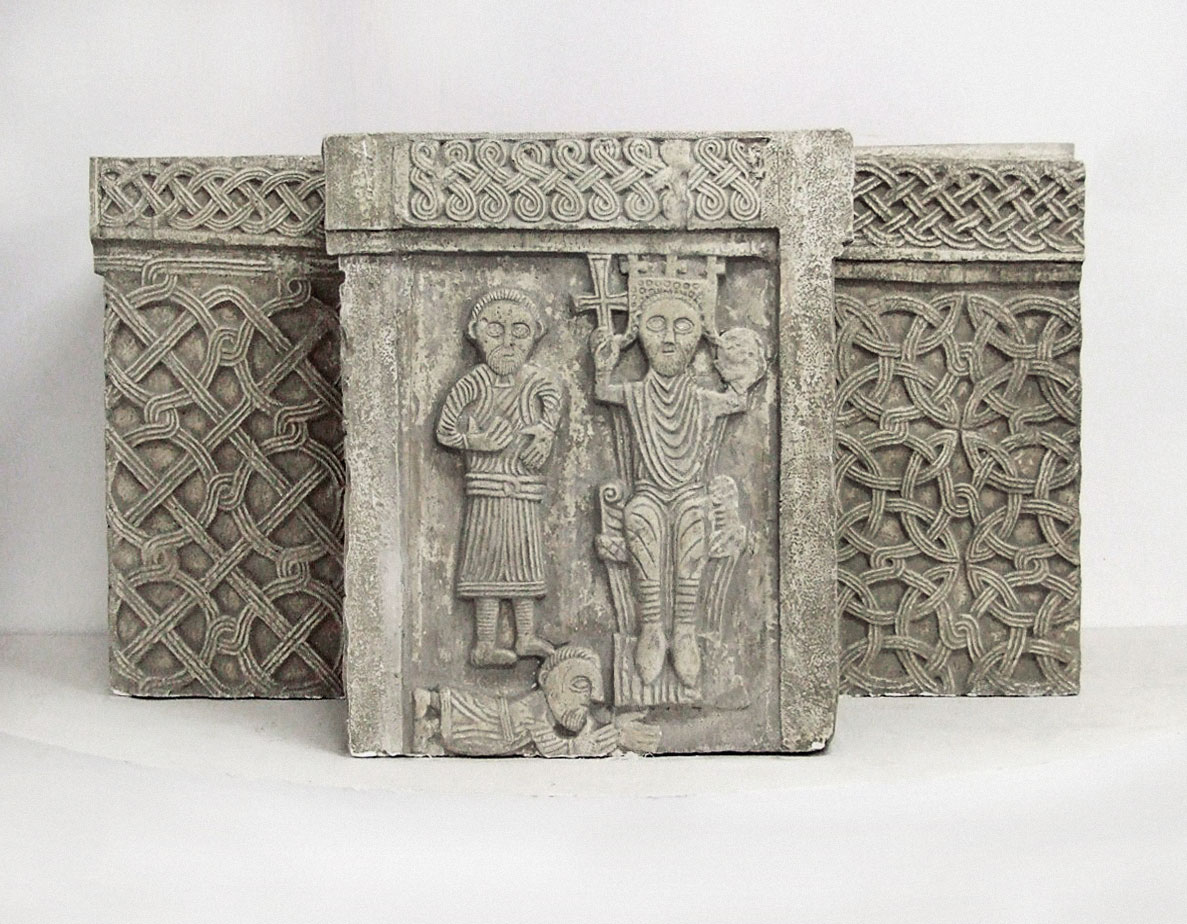
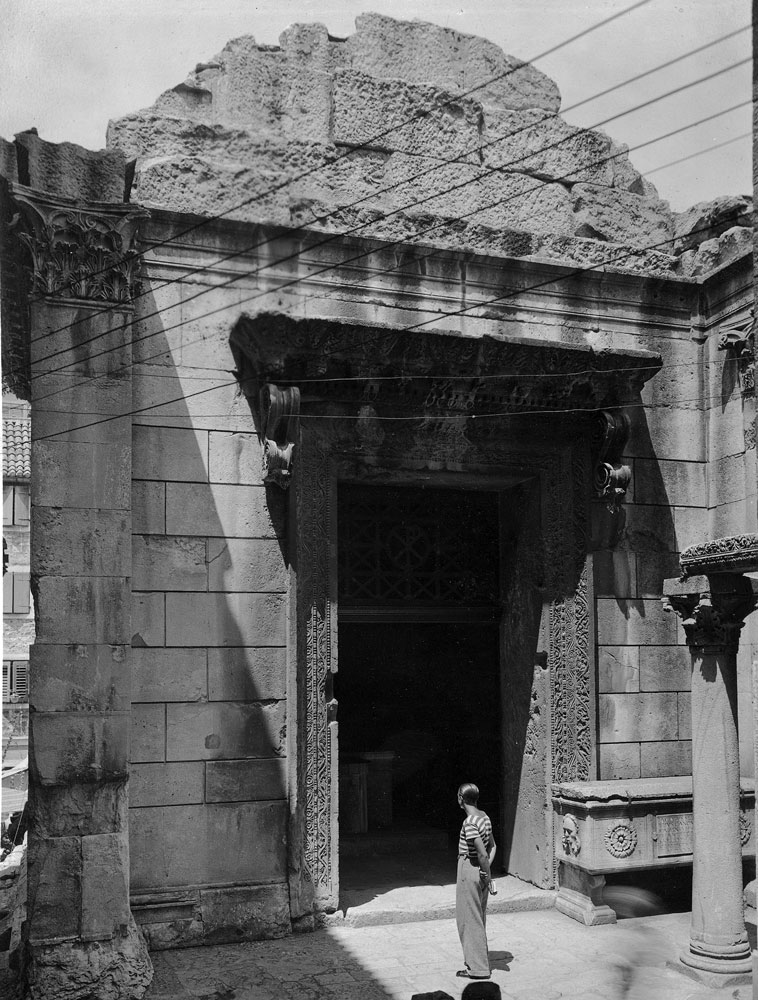
Church of St Martin
Chancel screen in the little Church of St Martin,
The Church of St Martin in Split is located alongside the northern façade of Diocletian's Palace in the place for the sentries above the Golden Gate or Porta aurea. It was set up in the space in which the machinery for raising the portcullis was originally housed. It was remodelled several times, the oldest change taking place in the Early Christian period. It is dedicated to St Martin, patron of soldiers, tailors and clothiers, which is linked with the documented existence of an imperial factory for the making of felt and cloth (a gynaecium), placed in just this part of the Palace. The chancel screen belongs to a pre-Romanesque phase, of the 11th century; it is made of marble, decorated with grapevine tendrils and gryphons. On the gable there is an inscription with a dedication of the church to St Martin, the Virgin and Pope Gregory. The chancel screen of St Martin’s, the cast of which is in the Croatian Academy of Sciences and Arts Glyptotheque, is the only example of a complete chancel screen from Dalmatia, still in its original function.

